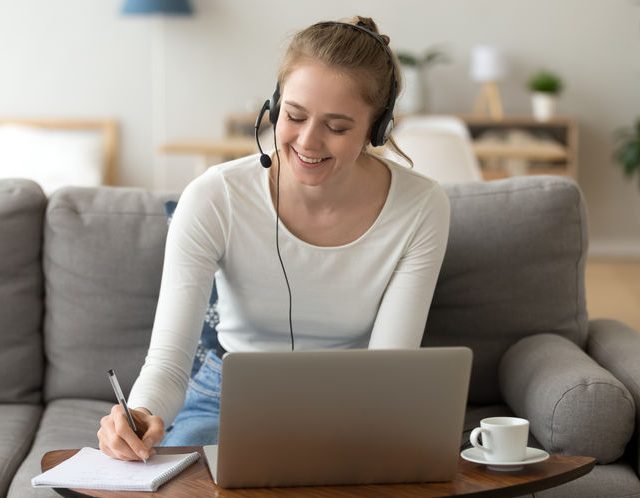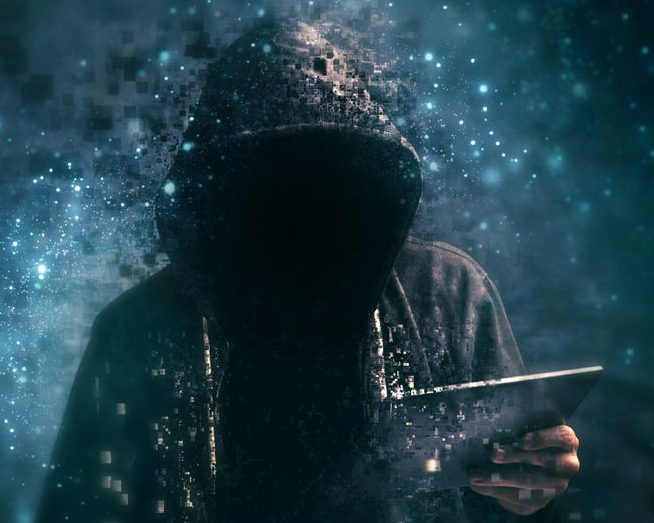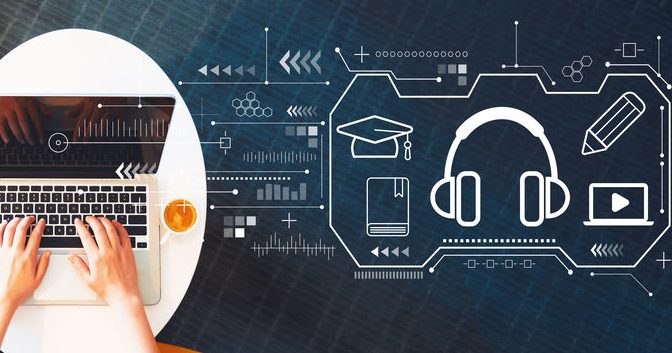Weeks into California’s Stay at Home order, Tom Hanks delivered his entire Saturday Night Live monologue from his kitchen. In fact, the entire SNL episode was streamed Zoom-style, all the players telecommuting sketch comedy skits from home like a virtual office meeting.
In the era of COVID-19, any college professor who has delivered online lectures in PJ pants understands the pain.
You no longer have to meet face-to-face for class, happy hour, or SNL stand-up.
It’s a radical new reality, a different world. College campuses will never be the same again. Nothing ever will.
One question we’re often asked during MyPhoto demos: How do you verify a student’s identity if they never step foot on campus?
Simple. You take a smarter approach with technology — using a technological cocktail of web photo upload, government ID, and facial recognition.
Verifying security remotely has always been our priority. The beauty of web photo upload is a student never has to step in a card office. In fact, they don’t even need to be on campus. Identity can be verified securely and effectively without face-to-face interaction.
Virtual Education at the Speed of Light

Even before this crisis, millions of students took online courses remotely. In the fall of 2018, more than a third of students took at least one online course: 6.9 million students. In fact, 16.3% of the total student population was enrolled exclusively online, according to federal education data from the National Center for Education Statistics.
In the crux of the crisis, online learning has become pretty much universal. And when the world eventually comes out the other side of COVID-19, campuses will never be the same. You can’t put the genie back in the bottle.
“There’s nothing like a crisis to get you ready for things you have not previously considered,” Ruth Chisum, executive director for online operations at Sam Houston State University, told US News & World Report.
Her school had a crash course in remote learning when Hurricane Harvey hit Texas in 2017. The entire campus had to switch to online courses in the blink of the eye of that storm.
In the midst of COVID-19, we’ve all crashed, burned, and are somehow learning to survive.
“A week ago we could not have imagined where we would be today,” Terry W. Hartle, the senior vice president of the American Council on Education, told The Hill. “It’s essentially crisis management at lightspeed without a playbook.”
Technology to the Rescue
Fortunately, it’s not the 1980s. Nearly everything we once did face-to-face can be telecommuted. We’ve got the technology to interact, learn, and even verify identity remotely online.
Because after all, security has never been more important. It may be a new and changing world, but authenticity still means something. Indeed, it means everything.

Confusion, distraction, and vulnerability in the wake of COVID-19 has created rampant opportunity for hackers and scammers. Research from TransUnion found that 22% of Americans have been targeted by digital fraud related to COVID-19.
We were already in a cybersecurity crisis before all this happened. Coronavirus poured gasoline all over the problem, then lit a match.
Since students use campus IDs to vote and even make digital purchases, establishing an accurate identity is essential.
Fortunately, universities can use A.I. facial recognition to accurately authenticate a student’s uploaded photo against a submitted government ID.
MyPhoto’s Technology in a Nutshell
Under the MyPhoto platform, once users upload their photos from any mobile device, they can upload additional documentation for authentication — a driver’s license, passport or other approved form of government ID.
MyPhoto5, a newly updated version of our platform due out later this summer, will use A.I.-driven facial recognition technology to compare the user’s photo in the government ID against their submitted campus photo. The technology determines the accuracy of the match according to percentage and assigns a color tracking code:
- Green good to go
- Yellow pending admin review
- Red rejected
Photos will be automatically authenticated and tracked with minimal admin effort. Thousands of photos can be authenticated and approved in your lunch hour.
Authentic Identity in a New Tomorrow
Like we said, it’s a different world. We’ll never hit the reset button. Even as life opens back up, we’ll do so slowly and in stages. Many will continue to take classes online — some permanently.
Several schools are preparing for a long haul with plans to hold virtual learning even into 2021.
And when universities finally return to campus again, students and professors will likely do so optionally, based on availability of virus testing, local community conditions, and personal risk assessment.
“…The staff members and the professors would have to opt-in,” advises Zeke Emanuel, director of the Healthcare Transformation Institute at the University of Pennsylvania, in a New York Times panel discussion of educators and health experts. “For some, even many of them, the risk may be too high.”

Students and staff need to feel safe on both ends of the learning spectrum. And that means providing a way to not only get their IDs processed from the comforts of their own homes, but to be able to authenticate their identity securely and effectively — without anyone having to step foot on campus if they’re concerned for their safety.
Student photo upload is more than just eliminating long lines in the card office at the beginning of each semester. It’s about empowering the personal safety of both students and administrators, providing greater accessibility to all, and lighting the beacon of education for the benefit of everyone. Through a smarter approach to technology, we’ll emerge from this crisis, better than ever before.




